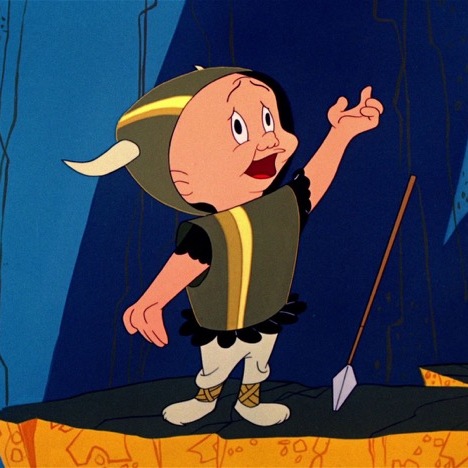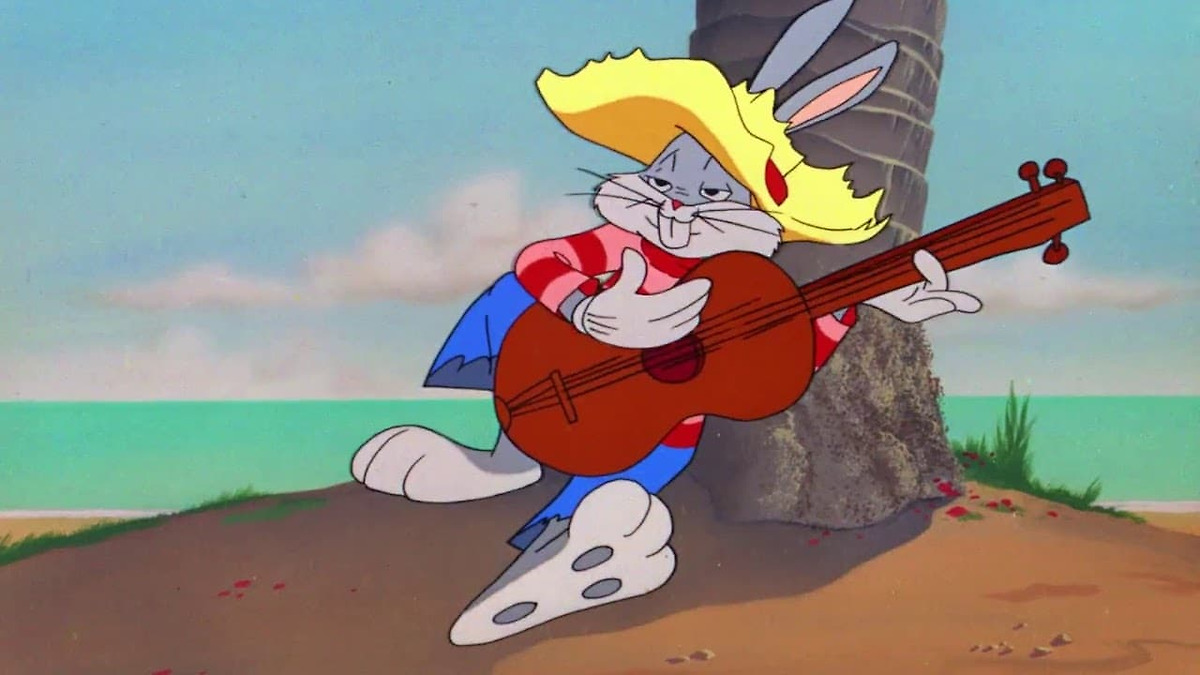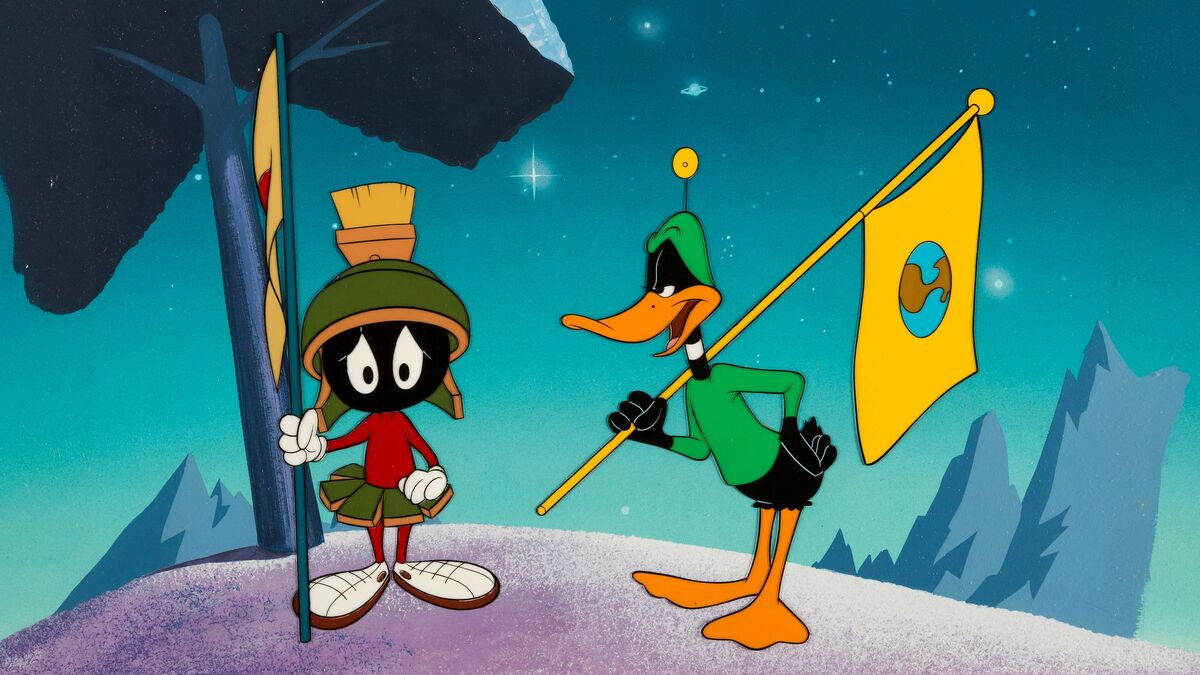Chuck Jones was a prominent American animator, director, and writer renowned for his work in the Golden Age of American Animation. He is best known for his significant contributions to the “Looney Tunes” and “Merrie Melodies” series from Warner Bros., where he played a pivotal role in creating, developing, and evolving iconic characters like Bugs Bunny, Daffy Duck, and the Road Runner. His films are celebrated for their innovative animation, witty humour, and ability to appeal to both children and adults.
Jones’ career in animation spanned several decades, during which he developed a distinctive style and approach to filmmaking. He was known for his mastery of comic timing, a skill that elevated the humour in his cartoons. His works often contained recurring themes and motifs, such as the classic chase sequences in Wile E. Coyote and the Road Runner cartoons and the clever, almost theatrical battles of wits in Duck Amuck. Jones’ visual style was marked by expressive character animations and dynamic yet succinct storylines, blending slapstick with a sophisticated kind of wit. This unique blend contributed to the enduring popularity of his characters and cartoons.
In the industry, Jones was regarded as an innovator and a visionary. He wasn’t just an animator but a storyteller who brought depth to animation through his nuanced understanding of character psychology and narrative structure. His ability to infuse cartoons with a human touch, evident in works like What’s Opera, Doc?, set him apart from his contemporaries. This short, often hailed as one of the greatest cartoons of all time, exemplifies Jones’ knack for parody and cultural references, blending Wagner’s operas with the antics of Elmer Fudd and Bugs Bunny. His cartoons weren’t just about gags; they often carried subtle commentaries on society and human nature.

Chuck Jones (1912 – 2002)
Calculated Films
- Rabbit of Seville (1950)
- Rabbit Seasoning (1952)
- Duck Amuck (1953)
- What’s Opera, Doc? (1957)
Similar Filmmakers
- Ben Sharpsteen
- Bob Clampett
- Brad Bird
- Buster Keaton
- Dave Fleischer
- Don Bluth
- Frank Tashlin
- Friz Freleng
- Joe Dante
- Gene Deitch
- Gerald Potterton
- Hawley Pratt
- John Hubley
- Norm McCabe
- Norman McLaren
- Ralph Bakshi
- Robert McKimson
- Tex Avery



Chuck Jones’s Top 5 Short Films Ranked
1. Duck Amuck (1953)
Genre: Cartoon, Absurdist Comedy, Satire, Postmodernism, Comedy

2. Rabbit of Seville (1950)
Genre: Cartoon, Parody, Slapstick, Musical

3. One Froggy Evening (1955)
Genre: Cartoon, Comedy, Musical

4. Rabbit Seasoning (1952)
Genre: Cartoon, Slapstick

5. What’s Opera, Doc? (1957)
Genre: Parody, Cartoon, Opera, Comedy

Chuck Jones: Themes and Style
Themes:
- Chaos and Order: Jones’ cartoons often revolve around the conflict between chaos and order, exemplified in the endless rivalry in Looney Tunes and Merrie Melodies series, where characters like Bugs Bunny represent chaos, outsmarting the orderly but hapless Elmer Fudd.
- Intelligence and Cunning vs. Naïveté: This theme is evident in his portrayal of clever characters outwitting the less sharp ones, as seen in Road Runner and Wile E. Coyote, where the Road Runner always triumphs due to Wile E. Coyote’s overcomplicated plans.
- Rule-Breaking and Anarchy: Many of Jones’ cartoons, especially those featuring Daffy Duck, embrace a sense of anarchy and rule-breaking, challenging conventional norms and expectations.
- Meta-Humour and Self-Reference: Jones frequently incorporated meta-humour and self-referential jokes, acknowledging the audience and the absurdity of the cartoon world, as seen in Duck Amuck, where Daffy interacts with the animator.
Styles:
- Exaggerated Expressions and Physical Comedy: Jones was a master of exaggerated facial expressions and slapstick, using them to enhance the comedy and personality of characters like Bugs Bunny and Daffy Duck.
- Detailed and Expressive Animation: His animation style was known for its attention to detail and expressiveness, bringing a unique life and character to each creation.
- Inventive and Imaginative Visual Gags: Jones’ cartoons are filled with inventive visual gags and imaginative scenarios that push the boundaries of the cartoon medium, often bending the laws of physics and reality.
- Rich and Vibrant Colour Palettes: His use of colour was distinctive and varied, with rich, vibrant palettes that added depth and interest to the visual storytelling.
- Timing and Pacing: Jones had a unique sense of timing and pacing, using pauses and acceleration to enhance the comedic effect, as seen in the precise comedic timing of Rabbit Seasoning and other shorts.
Directorial Signature:
- Character-Driven Comedy: Jones’ directorial approach often focused on character-driven humour, building jokes and scenarios around the unique personalities of his characters.
- Narrative Structure: He frequently employed a circular narrative structure, where the story often ends where it began, especially evident in Road Runner and Wile E. Coyote cartoons.
- Musical Choreography: Music played a crucial role in his cartoons, often synchronising actions and gags with musical beats, as in the case of What’s Opera, Doc?, where the animation is choreographed to match opera music.
- Innovative Camera Techniques: Despite the limitations of the time, Jones experimented with camera movements and perspectives to enhance storytelling, bringing a cinematic feel to his animation.
- Subversion of Expectations: A hallmark of Jones’ direction was his ability to subvert audience expectations, often setting up a scenario only to defy conventional outcomes.
Chuck Jones – The 258th Greatest Director




